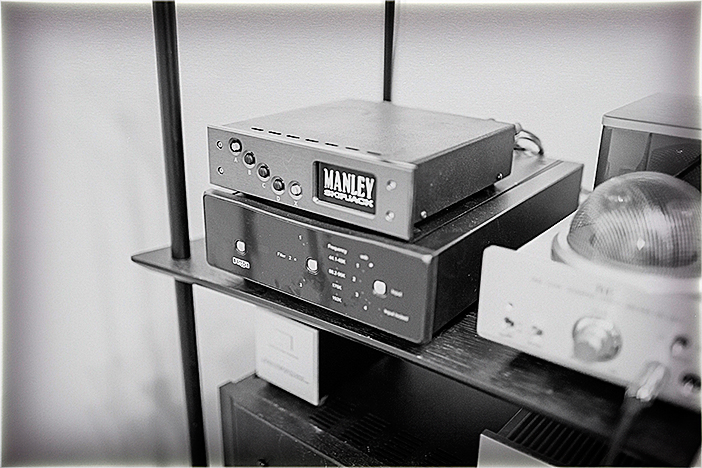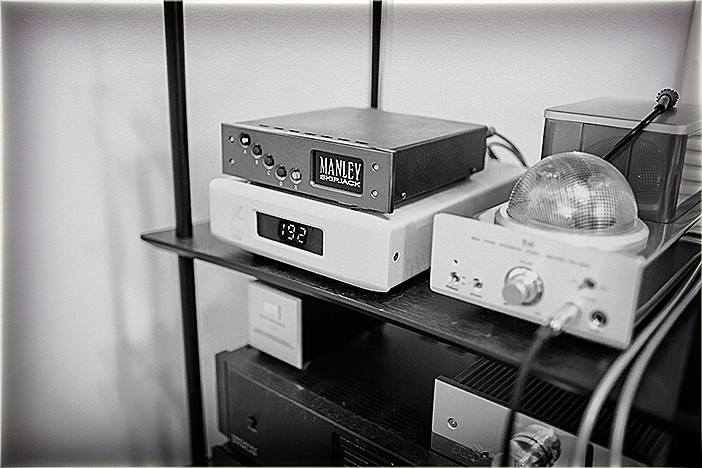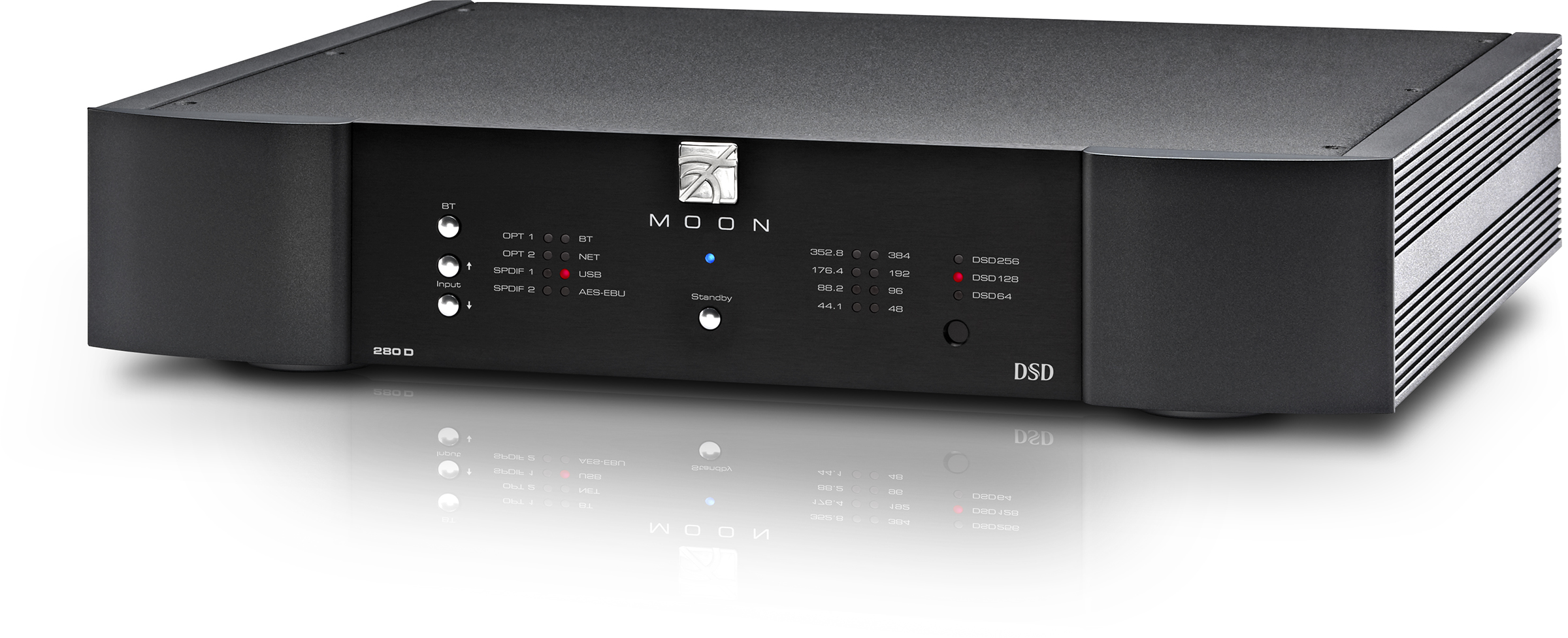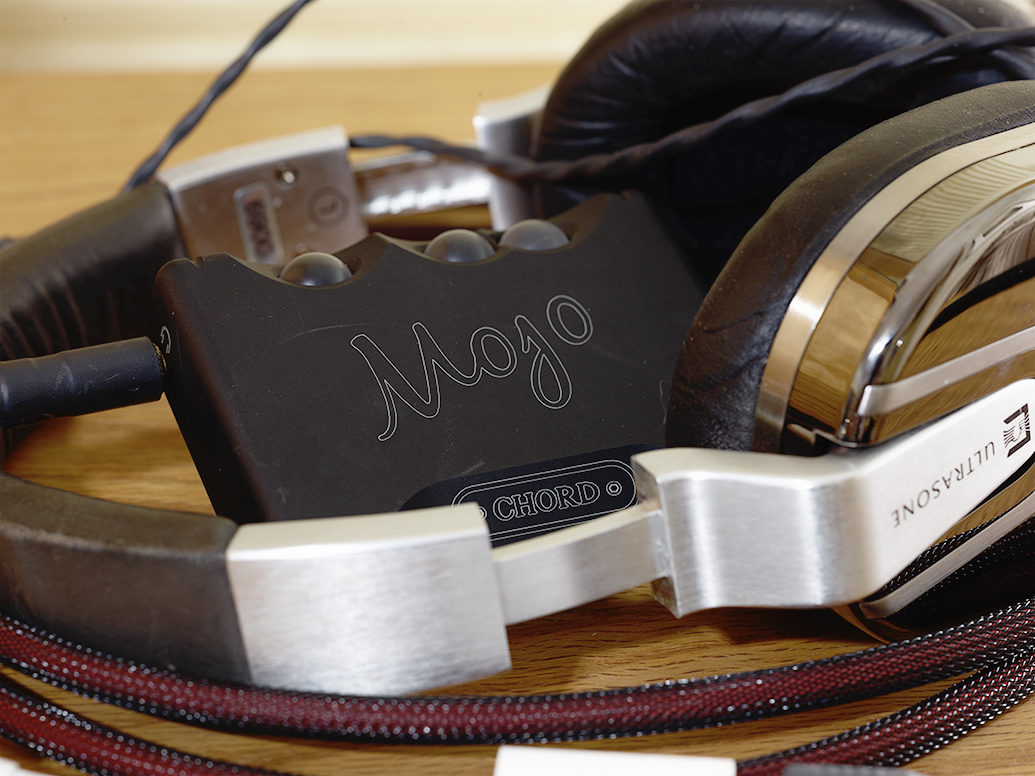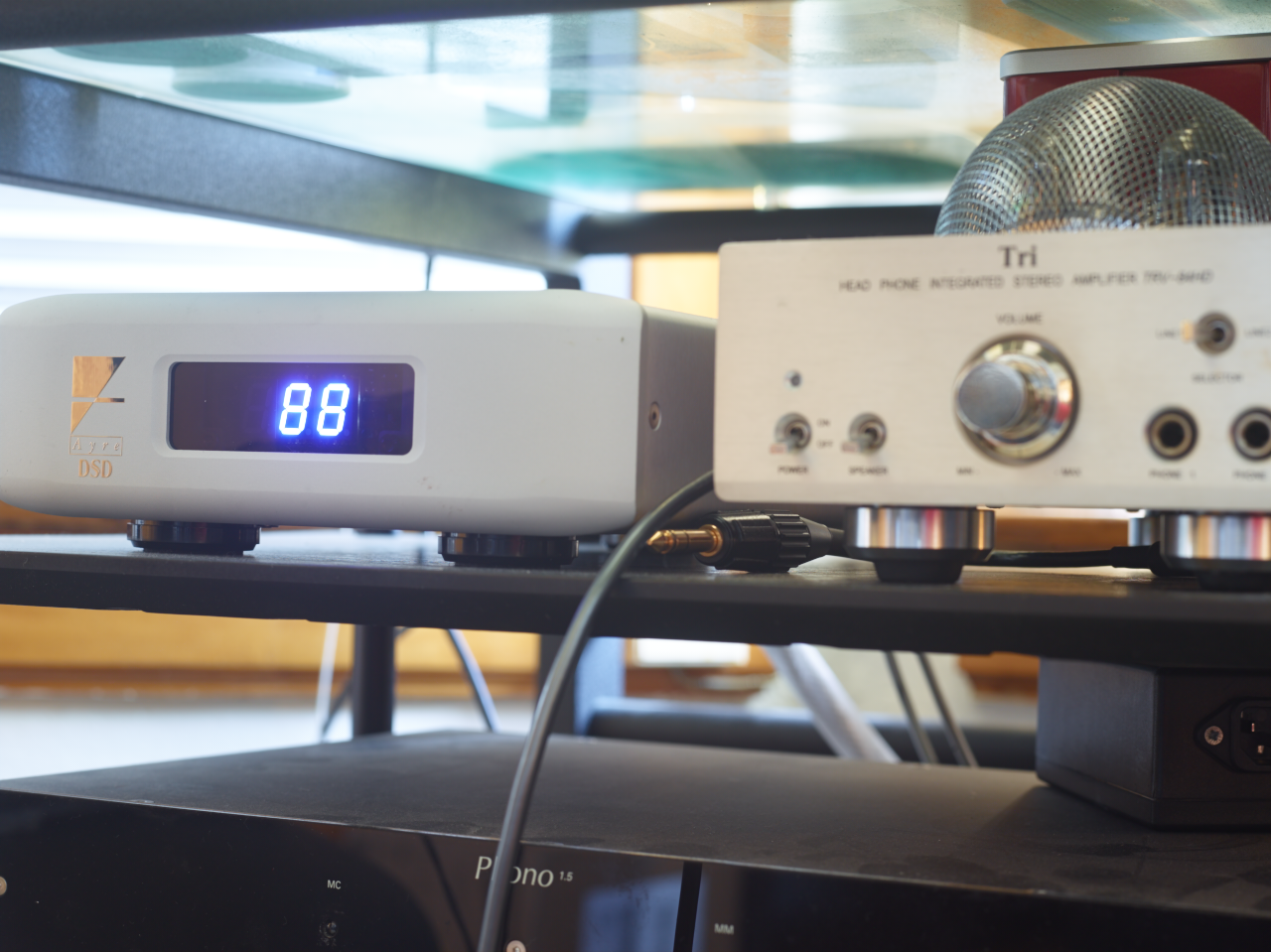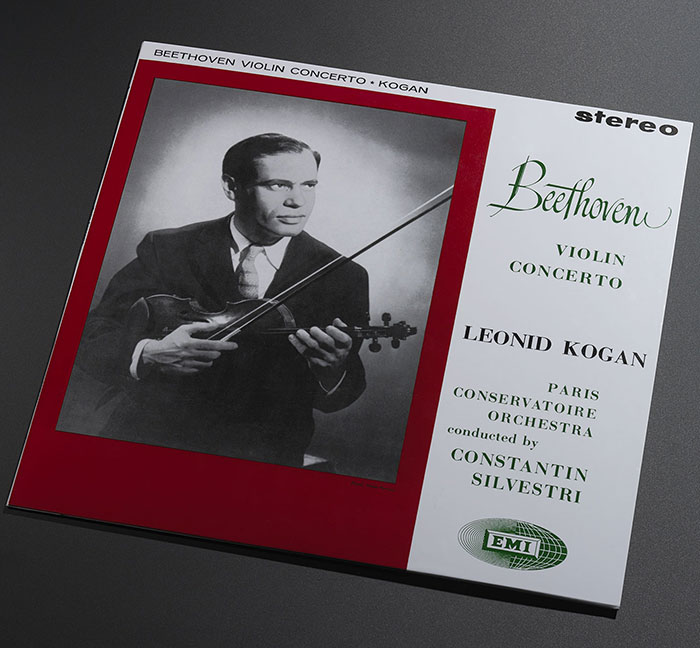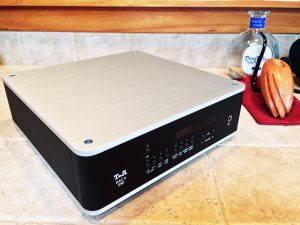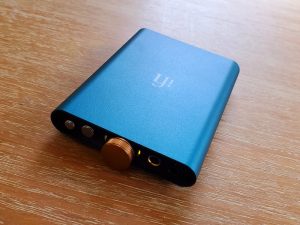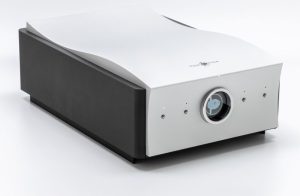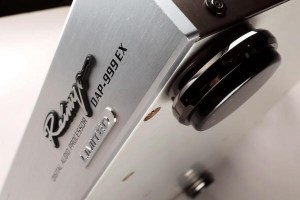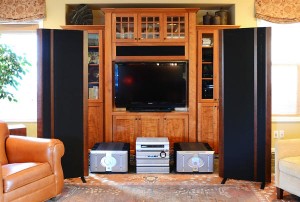Avec l'assistance de M. Bastille
"We sang songs of childhood
Hymns of faith that made us strong
Ones that mother Maybelle taught us
Hear the angels sing along"
—"Will the Circle be Unbroken" by Johnny Cash
OK, first I have to admit something. I'm about to receive an Ayre QB-9 DSD as my new reference DAC, I reviewed it around a year ago, to replace my, "über Rega DAC." I'm still holding onto the Sonic Diverter HR and the Audio Pallas digital that I've been using with my original Rega DAC, but I am so glad to say the Rega DAC-R finally has a 24/192 PCM USB input on it, and while it may not be quite as smooth in the higher frequencies as my über Rega DAC, it equals or exceeds it in every other way for only $100 dollars more than the original Rega DAC. When I disconnected my über Rega DAC and installed the Rega DAC-R in its place, it worked perfectly with my Stealth SWIFT power cable, no adapter required, and it had no problem dealing with the metaphorical high-velocity of my AudioQuest Diamond USB cable coming directly from my 27" iMac, which was running the latest version of Yosemite, iTunes, and Audirvana Plus.
The first song I played was a recent download of David Chesky's Jazz in the New Harmonic at 24/192, which I received directly from Chesky (the company, not the person). It's a great album, but I thought that, with the Rega DAC-R, the treble sounded a little bit harsh, particularly near the end of the album. However, after playing a total of about a dozen albums, including the wonderful Linn download, New Songs For Old Souls at 24/96, by Joe Stilgoe, it turned out to be in the Chesky recording, not in the Rega DAC-R. I also greatly enjoyed the lovely recording of Bach's St. Matthew Passion at 24/192 as a PCM download from Channel Classics by The Netherlands Bach Society under Jos van Veldhoven. I did take one single-DSD album that Cookie Marenco had given me when I was reviewing the QB-9 DSD and converted it in Pure Music to PCM at 24/88.2, which remains my preferred method of playing DSD files, although I will admit that I have never had something like the Playback Designs DSD DACs at my disposal. The album was Art Lande's While She Sleeps, which is really wonderful musically and clearly extraordinarily recorded once converted from DSD to PCM, per my personal preference.
Another thing that Rega has changed on the DAC-R is now it only has three filter settings, and you can really hear the difference between them. I found that I preferred filter number two because it gave me the least artificial warmth and the truest deep-bass extension, the, "minimum phase brickwall filter", at the resolutions I was playing, according to the DAC-R manual. I ordered a three-meter WireWorld Supernova 7 Mini real-glass TOSLINK cable to go between the Apple Airport Express on my desk and the TOSLINK input of the Rega DAC-R. One big advantage of the DAC-R is that it still has selectable TOSLINK and S/PDIF inputs as well as the 24/192-capable USB input, so it remains one of the most versatile DACs on the market regardless of price (which I don't think I've mentioned yet is approximately $1100 plus any special power cord options you choose, recommended over the stock power cable). I've used a shorter Supernova 7 Mini real-glass TOSLINK cable in another system with a high-quality DAC, and it sounds much better than the analog output of all Apple devices I've encountered, fully capable of competing with many USB outputs, particularly if all you have is a 3.5mm mini-TOSLINK output (of course).
Once I got my Airport Express connected via the Supernova 7 Mini to input number two of the Rega DAC-R, one of the two regular TOSLINK inputs, and started streaming Kate Bush's Aerial from my iPhone 5s over my home network, centered on an older Apple Airport Extreme, I was literally stunned! It sounded much better than most terrestrial FM stations in the Bay Area, pretty much as good as an average CD player (except my own CD playing system with a $30,000 Audio Note DAC 4.1x Balanced Signature, where even the digital cable, a one-meter Stealth Varidig Sextet, costs more than the DAC-R and the three-meter Supernova 7 Mini combined). I did notice that I got occasional spurts of distortion due to the limited transmitting power of my iPhone 5s, but once I had the iPhone 5s in the same room and in direct line-of-sight to my Airport Express, most of the distortion disappeared and the sound quality continued to be rather amazing.
Of course, once I get my new reference Ayre QB-9 DSD, the most I'll be able to do is play music on my 27" iMac using the Apple Remote App with iTunes and Audirvana Plus, which is fine, but I also tried streaming from my 13" MacBook Pro on which I am writing this article, and it has more power than my iPhone 5s. I sent the ALAC import of the Keith Jarrett CD Creation to the Rega DAC-R via my Airport Express and the Supernova 7 Mini, the result sounded much fuller with no distortion whatsoever. So I'll miss the TOSLINK connection on the DAC-R (and on the original Rega DAC), particularly if a friend comes over and wants to stream something from his or her own Apple AirPlay device, in high fidelity. I can still use the three-meter AudioQuest Evergreen mini-to-RCA cable that I have, relying on the DAC built into the Airport Express to run into my Skipjack as an analog signal. I tried that and it's really quite adequate and better than nothing, but in no way approaches the optical digital signal travelling through the Airport Express to the DAC-R via the Supernova 7 Mini. As Kurt Vonnegut writes in Slaughterhouse Five, "So it goes."
I didn't really have time to connect my Sonicweld Diverter HR and Audio Note Pallas into the DAC-R, but I'm sure it sounds at least as good as the same arrangement with my original Rega DAC, and that's quite lovely. It's just nice to know that the direct 24/192 USB input on the DAC-R simplifies things, costs less, and has its own unique plusses and minuses, as I've explained earlier, compared to a bridge device and digital cable going into a S/PDIF or "COAX" input. I don't think there's really anything else left to say, then.
Kindest regards,
Andy
P. S. As it happens, my new Ayre QB-9 DSD arrived the day I was planning to photograph the Rega DAC-R and return it to the Sound Organisation. I took a photograph of the DAC-R with a wide-angle lens to establish some context, then removed the DAC-R and put the QB-9 DSD in its place. The DAC-R and the QB-9 DSD have about the same form factor (although I will admit that the Ayre is much prettier than the Rega, but lacks the plethora of inputs that the Rega has, the Ayre supporting USB alone but having balanced outputs in addition to RCA outputs, the Rega having only the latter). As I had expected, the Ayre DAC floored me and I stayed up late listening to music, so I cannot say that at about 32% of the cost of the Ayre, the Rega offers that percentage of performance. In fact, I really hate it when people ask me if something that costs ½ the price of X offers ½ the performance (or more) of X, because I just don't think about things that way. Each component sounds different and they all have plusses and minuses, including how much they cost.
For $3500, the QB-9 DSD is a true reference-quality DAC that completely draws you into the music. For $1100, the DAC-R is a remarkable DAC that offers a great deal of flexibility in a Rega kind of way. It also sounds excellent and compares favorably with combination bridge device, digital cable, and S/PDIF DACs that I have heard costing several thousand dollars total. So it's a real bargain and offers very satisfying performance. In fact, I'm planning to keep my original Rega DAC and my three-meter Supernova 7 Mini TOSLINK cable in case I ever want to use it with an Apple device (a MacBook Pro, Apple TV, the Airport Express, etc.). It gives full 24/192 PCM support and plugs right into the little 3.5mm socket currently on about one half to three quarters of Apple devices offering both analog and optical digital output, the latter sounding much better than the former when used with a good TOSLINK DAC, like the Rega DAC-R. The Rega would also make a great match with a second-hand CD player used as a transport (assuming that it has a S/PDIF, sometimes called COAX, or TOSLINK, sometimes called optical, output).
Everyone has price points. In all honesty, I'd say that if you can afford the QB-9 DSD and you don't mind having USB-only input, that's the way to go. If that's a little rich for your blood, or you want more inputs, get the DAC-R and run it into some great little solid-state or tube-based amplifier, maybe even a Woo WA6, which will give you terrific headphone-only sound for a total of about $2K, including some basic cables and partial payment on a pair of audiophile-quality headphones if you don't already have them. Rega cares about music. The rest is up to you!




